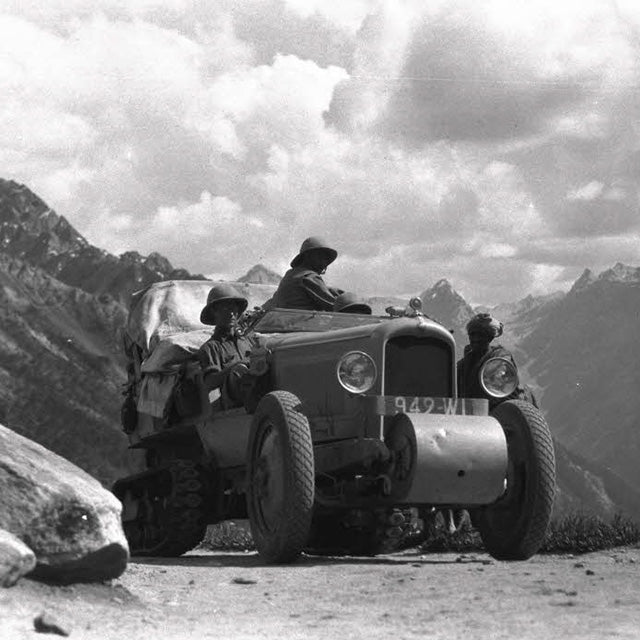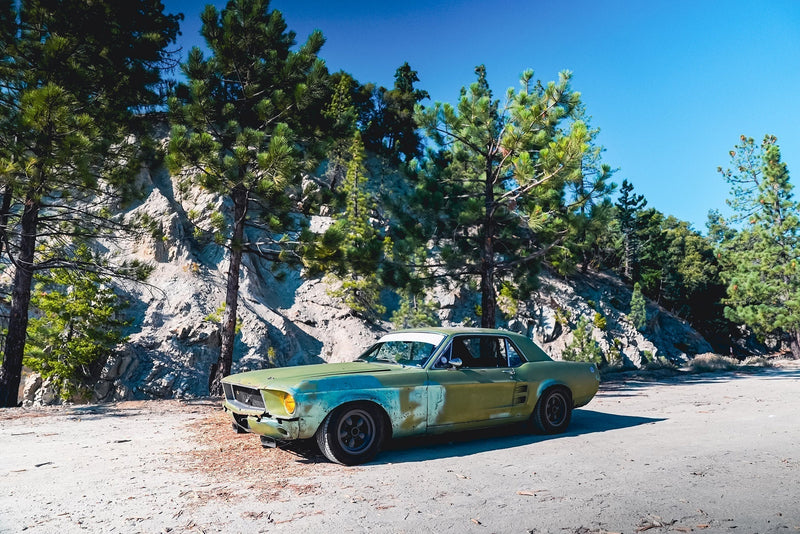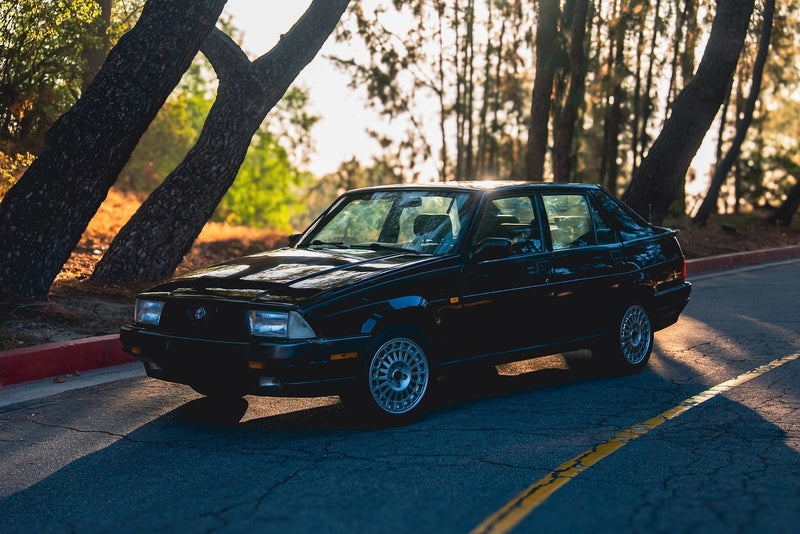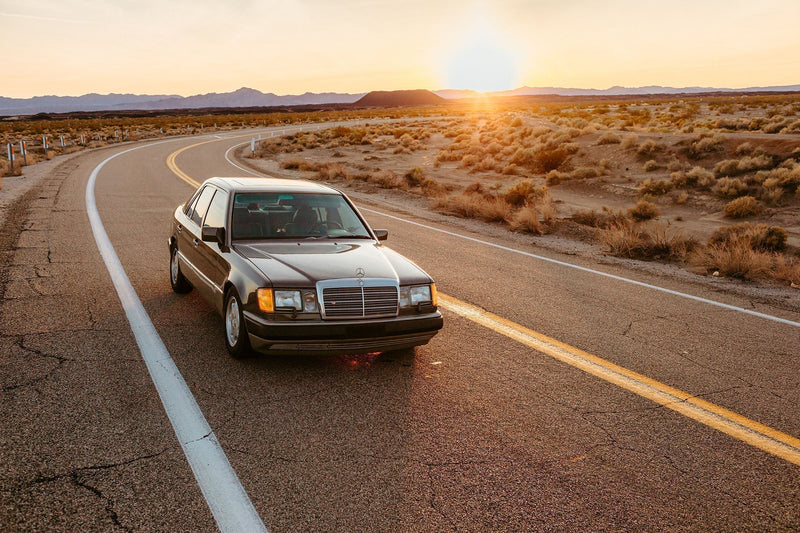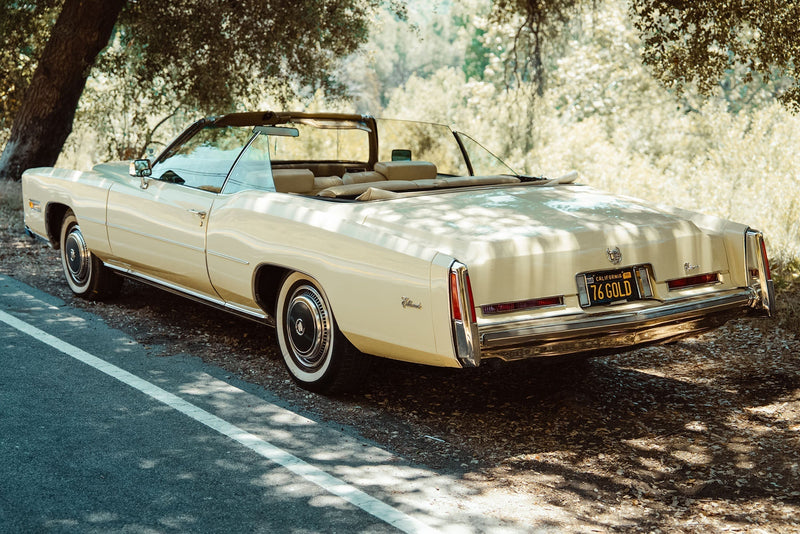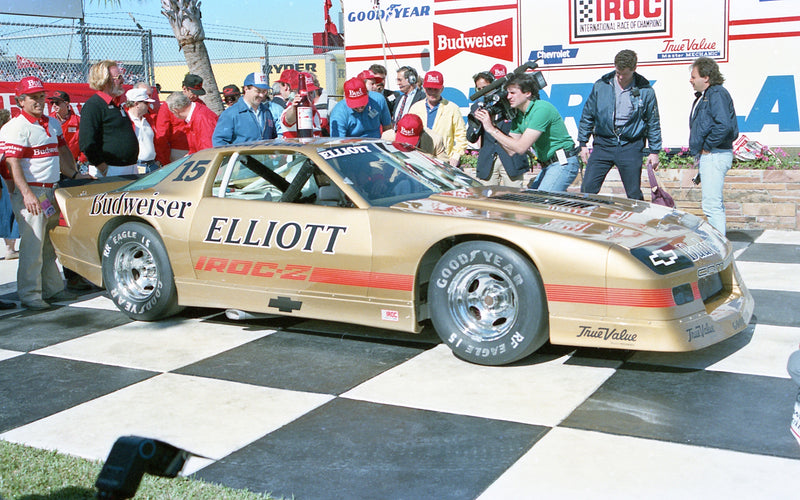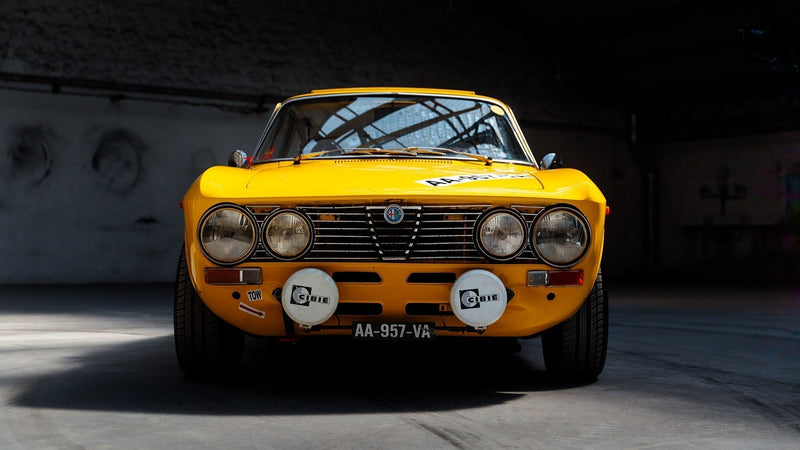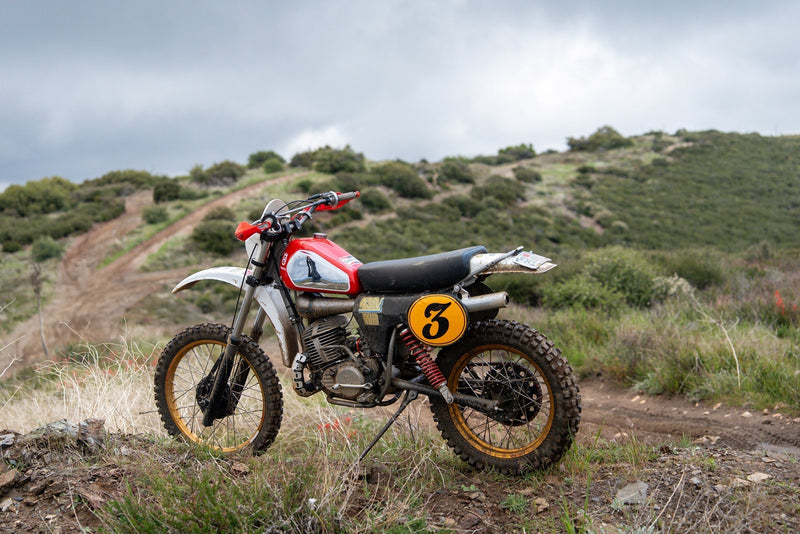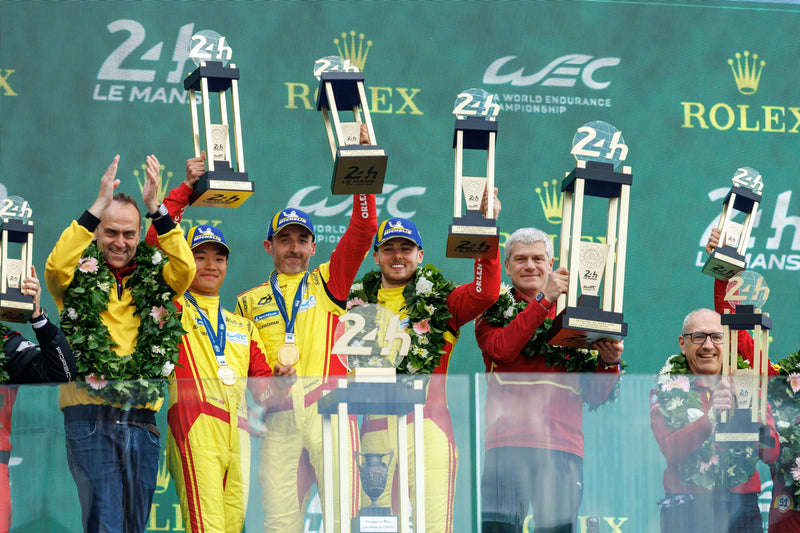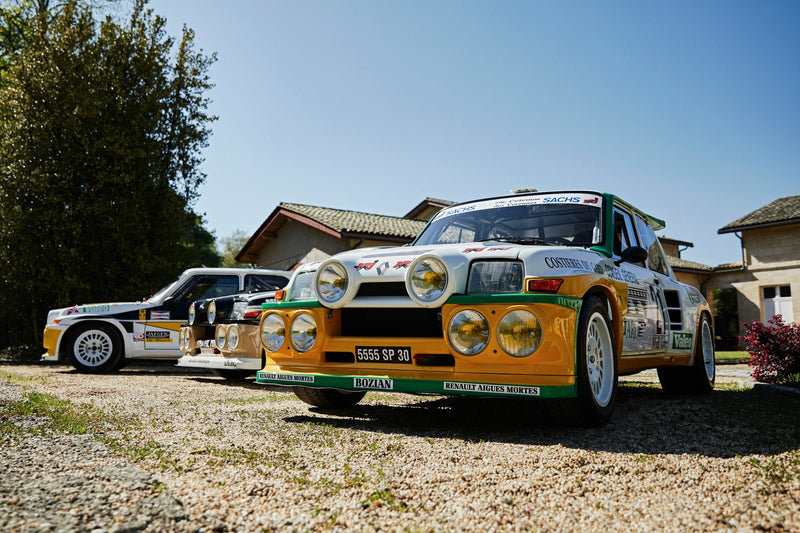Photos courtesy of Citroën via Auto Viva
Day job got you down? Wanderlust setting in? In the early days of leisure travel, “travel” for most normal people meant you wanted to live somewhere else entirely, not because you wanted to ski at St. Moritz.
The French had long made their presence known on the African continent, but it took until December 1922–January 1923 for two enterprising adventurers, Georges Marie Haardt, and Louis Audouin-Dubreuil, to cross the epic Sahara desert. Not on camel, mind you: on Citroën.
Thanks to the book written by Haardt and Audouin-Dubreuil, the most interesting part of the story comes from André Citroën himself, who in the forward admits to saying “no” more than once, even as the duo’s sales pitch was a pretty good one:
“Undertaken with a definite utilitarian object, viz. the search for a practical link between Algeria and French West Africa, the Touggourt-Timbuctoo raid is the result of a whole group of patient studies and searching mechanical tests,” recounts Citroën in Across the Sahara By Motor Car. The pitch continues:
“It is not right that only the picturesque side of the trip should attract the reader's attention. The hum of our motors must always mingle with the splendour of the scenery and with the memories evoked by it. That hum has a beauty of its own. It is the song of progress, the rhythm of human effort chanting its victory over the elements.”
Haardt was the general manager of Citroën factories, and so had an audience with the boss in order to advance the idea of tackling this epic journey, and likely whose arguments finally convinced Mr. Citroën to allow his inventions to be tested to the absolute limit.


Moreover, the profit potential of being the first entrepreneur to “solve” the problem of getting African goods to Europe was too great to ignore.
Citroën wasn’t the first to attempt the feat, with the French military and others trying to see if they were able to drive across the Sahara. They all failed, some making it as much as 1,700 miles—with the aid of chase aircraft!—in what was surely a backbreaking affair. A French Colonel by the name of Romain said: “What this expedition involved must be read in the official accounts of the Service Automobile de l’Afrique du Nord, in order to form a conception of it: Constant troubles, tire punctures, breaking of engine parts, sinking in the sand, tumbles into ditches, even radiators frozen by Saharan night frosts, nothing was wanting."
Citroën enlisted the services of many brilliant engineers, but for this challenge he worked with Adolphe Kégrasse, who had developed tracked vehicles during his time in Russia—where he worked for Tsar Nicholas II. (The early Russian Kégrasse vehicles are themselves quite fascinating…)
With some modifications, Kégrasse’s “caterpillar” tracks were adapted to the Citroëns, and by 1921 a small group of eight cars set off on a trial run, even then, covering the sort of ground that would have ground other cars of that era to a pulp.
Citroën looked at the endeavor as a challenge, updating five of the cars with lessons learned in testing…and the improvements were significant. Water consumption? Condensers and lateral wings were added to the radiators to ensure the cars wouldn’t use a drop more than when filled at the start. The caterpillar tracks were updated, and—with the prodding of the French government—some defence in the way of rifles and aircraft machine guns.
“In every enterprise, success is a question of method,” André Citroën wrote. And it was this method—with the help of Citroën’s engineering ingenuity expanding industrial empire—that finally conquered the Sahara Desert. The Touggourt-Timbuctoo Expedition was a success.
If you’re interested in the whole story, thanks to the incredible archive.org, the book is available to read—for free—in a number of formats.
If you’re interested in learning more about these exceptional vehicles, please visit kegresse.dk and read this (.pdf) document by amicale-citroen.de detailing all of the tracked Citroëns produced.








